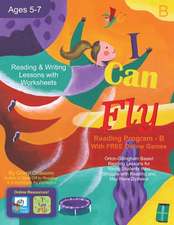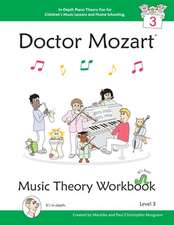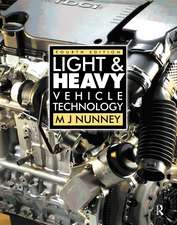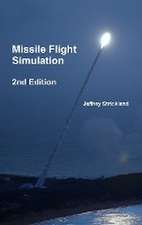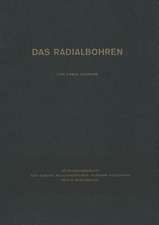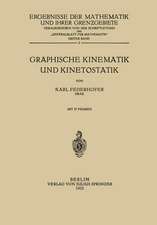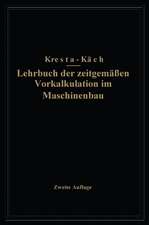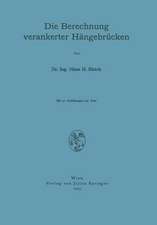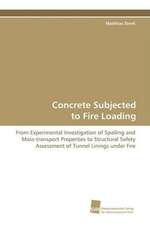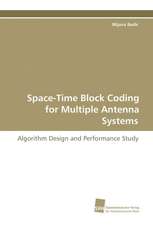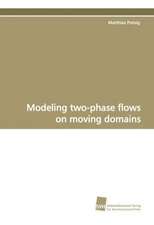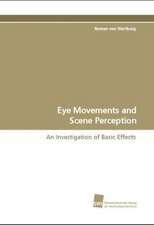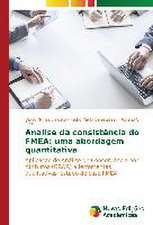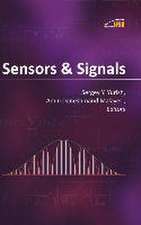Blended Learning in Engineering Education: Recent Developments in Curriculum, Assessment and Practice
Autor Ataur Rahman, Vojislav Ilicen Limba Engleză Paperback – 31 mar 2021
"Blended Learning in Engineering Education: Recent Developments in Curriculum, Assessment and Practice" highlights current trends in Engineering Education involving face-to-face and online curriculum delivery. This book will be especially useful to lecturers and postgraduate/undergraduate students as well as university administrators who would like to not only get an up-to-date overview of contemporary developments in this field, but also help enhance academic performance at all levels.
| Toate formatele și edițiile | Preț | Express |
|---|---|---|
| Paperback (1) | 441.36 lei 6-8 săpt. | |
| CRC Press – 31 mar 2021 | 441.36 lei 6-8 săpt. | |
| Hardback (1) | 686.76 lei 6-8 săpt. | |
| CRC Press – 29 noi 2018 | 686.76 lei 6-8 săpt. |
Preț: 441.36 lei
Nou
Puncte Express: 662
Preț estimativ în valută:
84.47€ • 87.26$ • 70.30£
84.47€ • 87.26$ • 70.30£
Carte tipărită la comandă
Livrare economică 25 martie-08 aprilie
Preluare comenzi: 021 569.72.76
Specificații
ISBN-13: 9780367780715
ISBN-10: 0367780712
Pagini: 338
Dimensiuni: 174 x 246 x 18 mm
Greutate: 0.58 kg
Ediția:1
Editura: CRC Press
Colecția CRC Press
ISBN-10: 0367780712
Pagini: 338
Dimensiuni: 174 x 246 x 18 mm
Greutate: 0.58 kg
Ediția:1
Editura: CRC Press
Colecția CRC Press
Public țintă
Professional Practice & DevelopmentCuprins
Introduction. Curriculum aspects of blended learning. Learning material preparation aspects in blended learning. Technology and tools to implement blended learning. Assessment aspects of blended learning. Case studies on blended learning.
Notă biografică
Associate Professor Dr Ataur Rahman is a Civil Engineer with over 35 years experiences in industry and academia. He is currently an Associate Professor in School of Computing, Engineering and Mathematics in Western Sydney University, Australia. He also served as a Visiting Academic to Cornell University, Vienna University of Technology, Masdar Institute of Science and Technology, University of New South Wales and University of Newcastle. He has published over 360 papers/book chapters including 92 ISI listed journal articles. He is a Fellow of Engineers Australia, and a Member of American Society of Civil Engineers, International Water Association and American Geophysical Union. He has co-developed ARR RFFE Model for flood risk assessment, which has been included in the Australian Rainfall and Runoff 2016 – the national guide. He received the G. N. Alexander Medal from Engineers Australia for his research on Monte Carlo simulation based rainfall runoff modelling. He is the Founder Chair of Global Circle for Scientific, Technological and Management Research (GCSTMR), an Australian based scientific body dedicated to promoting research for societal benefits using latest e-technology.
Dr. Vojislav Ilic is a Mechanical Engineer with extensive industrial experience, including thermofluids research at the Australian Atomic Energy Commission and Commonwealth Scientific and Industrial Research Organisation. Academic activities at the University of Sydney, Western Sydney University (WSU), Dartmouth College, University of California Santa Barbara, University of Belgrade and Royal Melbourne Institute of Technology. Author of over 120 technical publications based on his academic research, he is currently an Adjunct Fellow in the School of Computing, Engineering and Mathematics (WSU) with a particular research interest in Education and Lifestyle Medicine. He is a Fellow of the American Society of Mechanical Engineers.
Dr. Vojislav Ilic is a Mechanical Engineer with extensive industrial experience, including thermofluids research at the Australian Atomic Energy Commission and Commonwealth Scientific and Industrial Research Organisation. Academic activities at the University of Sydney, Western Sydney University (WSU), Dartmouth College, University of California Santa Barbara, University of Belgrade and Royal Melbourne Institute of Technology. Author of over 120 technical publications based on his academic research, he is currently an Adjunct Fellow in the School of Computing, Engineering and Mathematics (WSU) with a particular research interest in Education and Lifestyle Medicine. He is a Fellow of the American Society of Mechanical Engineers.
Descriere
Blended Learning in Engineering Education: Recent Developments in Curriculum, Assessment and Practice highlights current trends in Engineering Education involving face-to-face and online curriculum delivery. This book will be especially useful to lecturers and postgraduate/undergraduate students as well as university administrators.


